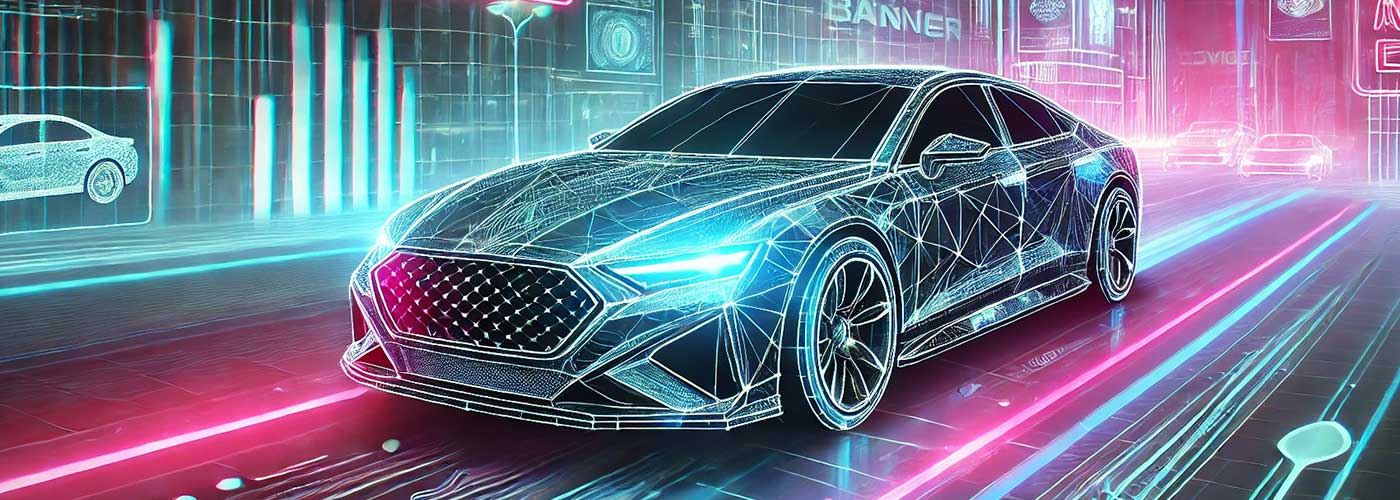This article by Tariq Hafeez, President/Co-Founder, LegalEase Solutions, was published on on January 7, 2022 in Motor.com
OEMs in the EV space must adjust to rapid growth, changing regulations and other unique issues
As 2021 comes to a close, electric vehicle (EV) manufacturers have positioned themselves well to continue revolutionizing the automotive industry. With consumers and governments increasingly emphasizing climate change initiatives, OEMs are following suit in accelerating their EV launches. The market data justifying these strategies are promising. Consumers spent about $120 billion on EVs in 2020, a 50-percent increase from 2019. Additionally, Hertz spent $4.2 billion on new Tesla vehicles to bolster their rental fleet. Those are significant developments that will only facilitate increased EV adoption.
Despite the promise behind those trends, OEMs in the EV space must adjust to rapid growth, changing regulations and other unique issues. The impact of those developments will resonate across those organizations, especially their legal departments. While in-house counsel will need to work to steer their companies through these uncertainties, they can achieve their objectives faster with the right playbooks and strategies. Here are the issues general counsel (GC) can expect and the ways they can guide OEMs through them.
Unique Challenges Legal Departments Can Face in the EV Space
Managing legal work in a fast-growing, groundbreaking sector is always a challenge. However, this is precisely the environment in which EV-focused OEMs are operating. Therefore, GCs must develop creative strategies for managing new sales opportunities and their added risk exposure.
Many of the issues that OEMs will confront center on novel revenue stream opportunities. For example, shared mobility and EV ride-sharing programs will likely double by 2030, while the automotive software market powering in-vehicle software will potentially grow by 250 percent by the decade’s end. Emerging subscription services and online delivery options could challenge the dealership model and encourage increased OEM involvement in the vehicle purchasing process.
EV manufacturers must also monitor developing regulations. On the federal level, the Biden administration wants to have 50 percent of all new vehicle purchases be EV vehicles by 2030, require OEMs to reduce their emissions and increase their CAFE by 3.7 percent annually from 2021-2026, and repeal the Trump-era SAFE Act’s lax emissions reduction requirements. The Democrat-controlled Congress and many state governments have also embraced EV procurement and related tax incentives to facilitate EV purchases. Pending legislation, including the GREEN Act of 2021 and the EV Freedom Act, could not only expand tax credits for manufacturers, charging station operators and purchasers, but also make the nation’s vehicle charging infrastructure more accessible.
The regulatory issues affecting OEMs also cover their implementation of autonomous vehicle (AV) technology. Federal agencies such as the NHTSA and DOT are open to working with manufacturers to remove regulatory obstacles. OEMs, however, will need to await further guidance as these agencies finalize their policies.
Day-to-Day Legal Issues That GCs Will Need to Address
Although EV-focused OEMs are working with revolutionary technologies and implementations, they will still confront the same issues impacting their traditional vehicle initiatives. GCs, for example, will need to master supply contract management issues to ensure their companies’ compliance with key terms. By implementing contract management software, AI, and optimized processes, companies can save 9 percent of annual revenue and avoid unnecessary revenue leakage. Intellectual property management will also be critical in light of trade secret disputes and Tesla’ s open-source approach toward good-faith usage of its patents.
Of course, legal departments should anticipate the inevitable torts and Lemon Law claims. The stakes for OEMs, however, could be higher due to the technology involved. Tesla, for example, recently defended against defective design and failure to warn strict liability claims related to its autopilot software in Umeda v. Tesla. Pandemic pressures have also increased Lemon Law risks for OEMs by spurring microchip supply shortages, mechanic hiring struggles and delayed vehicle repairs. Leveraging analytics, including court, judge and lawyer analytics, along with predictive analytics is a powerful way to improve case outcomes.
How In-House Counsel Can Find and Implement the Right Solutions
How well GCs will address these considerations will depend on how they optimize their internal processes. As you develop your company’s strategies, talk with applicable managers and stakeholders to assess which divisions face the most risk exposure. Routine departmental audits can help expose critical risks and allow in-house counsel to rectify those issues.
Matter management software and process mapping exercises can also help legal departments and stakeholders visualize how the legal department is handling and staffing matters. With this information in hand, GCs can identify workflow inefficiencies and opportunities to streamline operations through the strategic use of outside counsel, litigation software and outsourcing. Be sure to work with external specialists to vet all safeguards, including in-vehicle cybersecurity and AV-related features, supply chain security protocols and intellectual property sharing procedures.
You should also review supply chain contracts to ensure compliance with domestic and international regulations. From there, work with pertinent department heads to find problematic clauses and develop renegotiation strategies. With the data and feedback you have collected, you can create playbooks for technology, outsourcing and process-related approaches.
Legal departments must also find ways to keep up with internal growth and regulatory developments. Prudent project management, billing, contract lifecycle, matter management and legal research solutions can allow your team to focus on higher-value tasks. Naturally, these cost and time-saving approaches can also boost the legal department’s profitability. EY recently found that at companies with more than 1,000 employees, attorneys spent 32 percent of their time on compliance and low-value tasks. Legal technology and outsourcing are attractive options for optimizing your legal team.
Ultimately, legal departments must put in the work necessary to position EV-focused manufacturers for short and long-term success. Given the promise and potential of the EV market, the hard work and effort required will be worth it.

Tariq Hafeez is president and co-founder of LegalEase Solutions, which provides guidance to in-house legal departments on finding and implementing the best mix of processes, systems and technology to improve efficiency and drive value.




